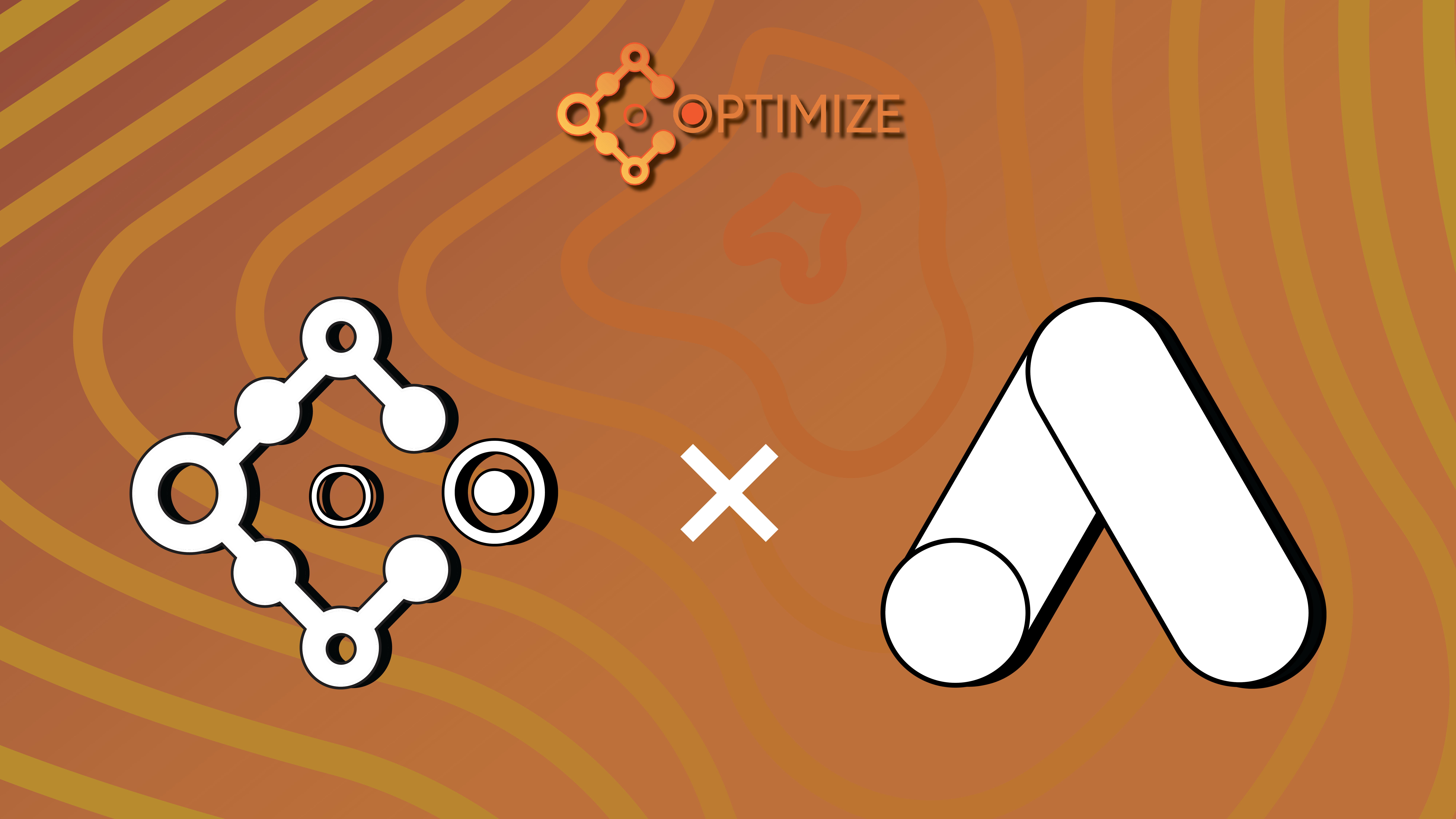Getting Started
“Shhhhh… don’t give away the secret sauce,” a colleague once told me.
While I understand the incentive to gatekeep best practices - it just doesn’t feel right.
What my colleague didn’t understand is that sharing your “secret sauce” is not a threat to success.
Instead, it establishes you as an expert and trusted partner.
So although the client may now know how to do what we do - I don’t think we are at risk of losing them.
It’s not like all of a sudden they will want to do it themselves. And the knowledge might even encourage better engagement in their marketing success.
So here I go! I’m giving away the keys to the kingdom with my content moving forward.
This post is all about the secrets to setting up best-in-class Paid Search campaigns in 2024.
These are lessons learned through $100,000s spent on Google/Bing over the past decade.
Hope you find this practical guide informative and use it the next time you are setting up your PPC campaigns :)
#googleads #ppc #paidsearch
Keyword Research
No matter the industry, doing effective keyword research is a surefire way to optimize your campaigns from the jump. You must choose keywords that match the intent you are seeking.
For example, someone searching for “digital marketing” is probably very different from someone searching for “digital marketing agencies near me.” One is looking for information, while the other is looking for brands to partner with.
In the B2B world, be sure to choose keywords that have appendages like “... alternative”, “.... software”, “... vendor”, etc.
By doing this, you will be able to save money and qualify more of your site visitors as legitimate leads.
Use tools like Semrush or Google Keyword Planner to find keywords that you want to bid on.
ROAS Forecast
Now that you have a list of keywords that match your desired intent, it’s time to forecast results.
Upload your list of keywords to Google Keyword Planner, click “Forecast” and check out the generated forecast.
To have a great forecast, you will want to have enough volume from your keywords to drive leads at a reasonable CPA consistently.
If you sell a $500 / month software and you are generating a lead for $500, then you break even on that lead in month one. Not bad if your average customer lifetime value is 6-12 months.
Now this forecast isn’t the end-all and be-all forecast because buying cycles have many parts in the B2B world. (MQL -> SQL -> Opportunities -> Revenue). So we advise you to piece together this kind of forecast with your rates to qualify leads.
We always run a ROAS calculation with our prospective clients before working with them. It’s important because if it looks like we aren’t going to have a ROAS of +2, then we often pivot or discuss why the qualification rates, perhaps from SQL -> Opportunity, are so low.
We will be releasing our ROAS forecast calculator in a future post, so be sure to subscribe to our newsletter.
Campaign Creation
Inside of Google Ads, you can copy and paste your keywords into the campaign setup. But before you do this, there are a few campaign settings that, if left unchecked, could have significant negative effects on your campaign’s performance.
- Under locations, be sure to change the setting to “Presence in” instead of the default, “Presence or Expresses interest in” your desired location. This small default is how Google milks you of your money, and most of my clients don’t even know it. By changing this, you will get 99% less clicks from Africa or India (two big culprits of spam traffic).
- Don’t optimize for conversions if your ad account is fresh. Your account doesn’t have any conversion data to work off of yet, so a better approach is to optimize for clicks. This can be done by simply selecting “Maximize Clicks” or by selecting “Manual CPC” and checking “Enhanced Cost Per Click” as your bidding strategy. This will allow absolute control over your bids and ensure you are showing up as high as possible in the search for your terms.
- Set your keywords in your ad groups to exact match. This means placing [brackets] around your keywords. Broad match keywords are an absolute waste of money for bottom of funnel PPC campaigns and Phrase keywords are a pretty inefficient way to use your ad spend in most situations.
- Place observational targeting on your campaigns. You can select groups of in market audiences to give you some more demographic information surrounding the people interacting with your ads. Google can identify these groups for you. This is super helpful if you are running ads on LinkedIn or Meta because you can take those click propensities and set up demographic audiences that match on those platforms.
- Setup conversion actions (primary and secondary actions) by assigning conversion values to the actions that are more important to your business (e.g., form submissions) and the ones that are less important (e.g., phone calls).
These small but super important optimizations can immediately improve your campaign’s performance.
Link Offline Source Data to Google Ads
Most B2B companies don’t process the same amount of revenue after someone signs up for a form submission, so the sales team usually assigns a deal to that contact after they are vetted as a marketing-qualified lead.
That deal could be $100s or $1000s - therefore not all leads are created equal.
It’s extremely helpful to tie that deal size back into your advertising campaigns. With this data, your campaigns can be optimized around the keywords/ads that drive the highest deal size.
There is an integration that makes this easy in Hubspot, but in other CRMs our team uses no code automation tools to tie that offline deal value back into your ad accounts.
Start an Experiment
Immediately after you launch your campaigns, it’s time to start testing.
Some tests that I love to start with are:
- Exact vs Phrase match keywords
- Max Clicks vs Enhanced Cost Per Click
- Responsive ad vs Pinned Headline ad
These always need to be tested for each campaign and help when done early on!
Setup Remarketing Pixels
Preferably done before Google Ads begin, it’s best to place your LinkedIn and Facebook pixels on your website so that those pixels can help remarket to those folks on other platforms later on.
We even recommend setting up channels like Twitter and Reddit in case you ever run a campaign on those platforms as well.
Analyze & Optimize
This is grossly underestimated, but it’s vital to keep a close eye on your campaigns. I like to spend most of my time optimizing around words and searches.
I create a negative keyword list of terms and searches that are slipping through the cracks of our refined keyword strategy.
I also check the time of day that we are getting clicks/conversions. If I notice we are getting a ton of clicks in off hours, but no conversions then I consider turning ads off during those times.
Last, if we get a ton of clicks from mobile but no conversions, then I usually set an advanced bidding adjustment to limit our bids on mobile and divert our spending to higher intent devices like desktop.
Wrapping Up
It’s impossible to capture everything we do for every one of our clients in this quick post, so if you want to learn more, then we highly recommend you follow our page!
We post a couple of times a week and send a weekly content roundup via our newsletter.
Until next time!

.jpg)










